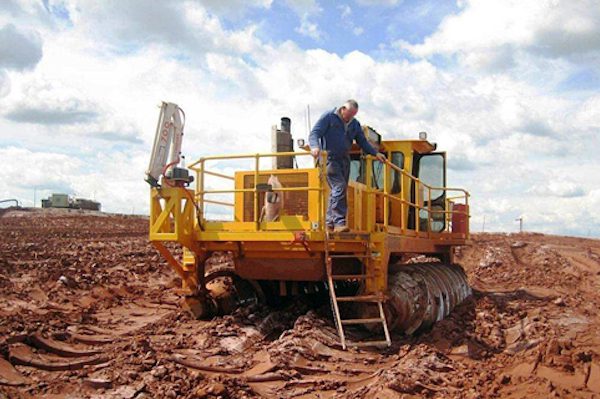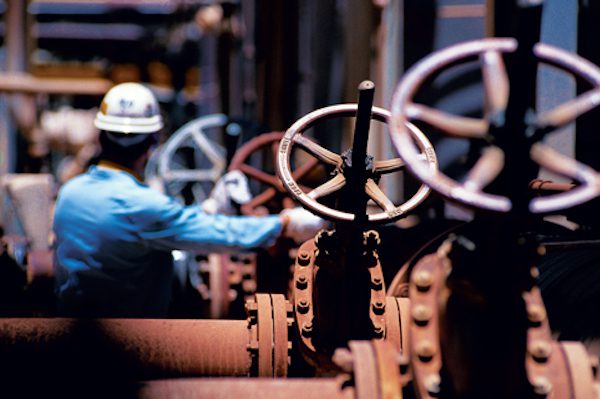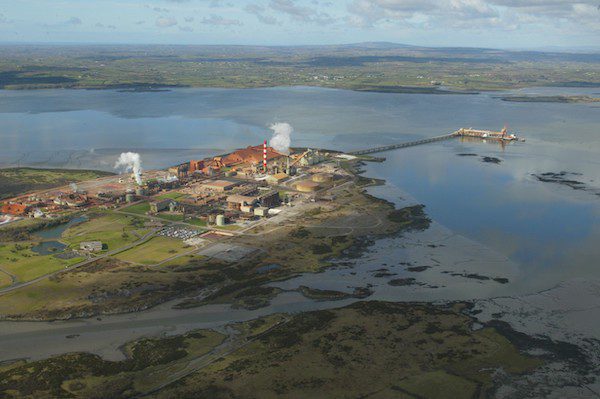Commonly known as ‘red mud’ due to its red colouring caused by the high concentration of iron compounds in the bauxite, around 1.2 tonnes of residue is generated per tonne of alumina produced.
The International Aluminium Institute (IAI) and its members are striving for bauxite residue storage facilities that manage the residue more sustainably. This is particularly critical with the IAI predicting a bauxite residue global inventory of 10 billion tonnes by 2050.
Demand for aluminium is expected to grow, with supply coming from both primary and recycled sources. This means bauxite residue will continue to be generated and the industry is constantly seeking end uses, including industrial symbiosis.
Residue can be used as an alternative raw material in industrial processes, especially where traditional materials may become scarcer. Currently, between 2.5 million and 5 million tonnes of residue is recycled annually and utilised, but careful management is required to reduce the environmental impact of red mud.
This is how the management process works:
The means of disposal vary globally and depend on land availability, technology availability, climatic and geographic conditions, logistics and regulatory requirements.
Companies are required to ensure that BRDAs comply with the respective environmental standards. Modern BRDA guidelines include both general and location-specific design criteria such as soil conditions, earthquake risk, long-term stability, and management of storm events. Careful monitoring ensures structural integrity is maintained.
After being washed, the residue is filtered to produce a dry cake. Drum filters have been used for this since the 1930s, but there is now increasing use of press filters capable of achieving 70% to 75% solids. The dry residue material is transported to the storage site and stored without further treatment. This method reduces the land area required for storage and the groundwater leakage risk. Rehabilitation and closure costs are significantly reduced, and the material is more readily usable.
The residue is thickened to a high-density slurry and allowed to consolidate and dry before successive layers are deposited. This forms a slope, allowing rainwater to run off and minimising liquid stored in the disposal area, which lowers the risk of leakage and improves structural integrity. The water reclaimed from the surface is pumped back to the plant to recover and recycle the soluble sodium salts. Dry stacked residue is often under-drained to improve the consolidation of the residue and recover water for reuse in the refinery.
The residue is pumped into land-based ponds where naturally impervious layers or sealants minimise seepage. The residue is typically deposited as a dilute slurry, with the solids settling and consolidating and the surface water collected for return to the refining process. The storage dams’ design, construction and operation follow strict guidelines and undergo regular maintenance checks.
A significant challenge to the long-term sustainability of bauxite residue management is its high alkalinity. Consequently, the industry is investing in methods to reduce its pH. Projects in India, Australia, Ireland, and Jamaica are focussing on bioremediation, which aims to convert bauxite residue into a well-structured soil through chemical and physical treatment. Methods to reduce pH include carbonation, seawater washing, and adding gypsum and bitterns. Other approaches involve increasing organic matter content by mixing in organic waste or establishing grass pastures to initiate the nutrient cycle.
It is critical to facilitate the leaching of salts resulting from pH reduction. Moreover, the proper drainage and disposal of saline leachate are essential. Supplementing natural rainfall with irrigation may be necessary to expedite this process, alongside employing tillage and other physical treatments to enhance soil structure and porosity.

The industry is committed to developing new residue treatment methods to increase the removal of alkaline fluids and salts.


